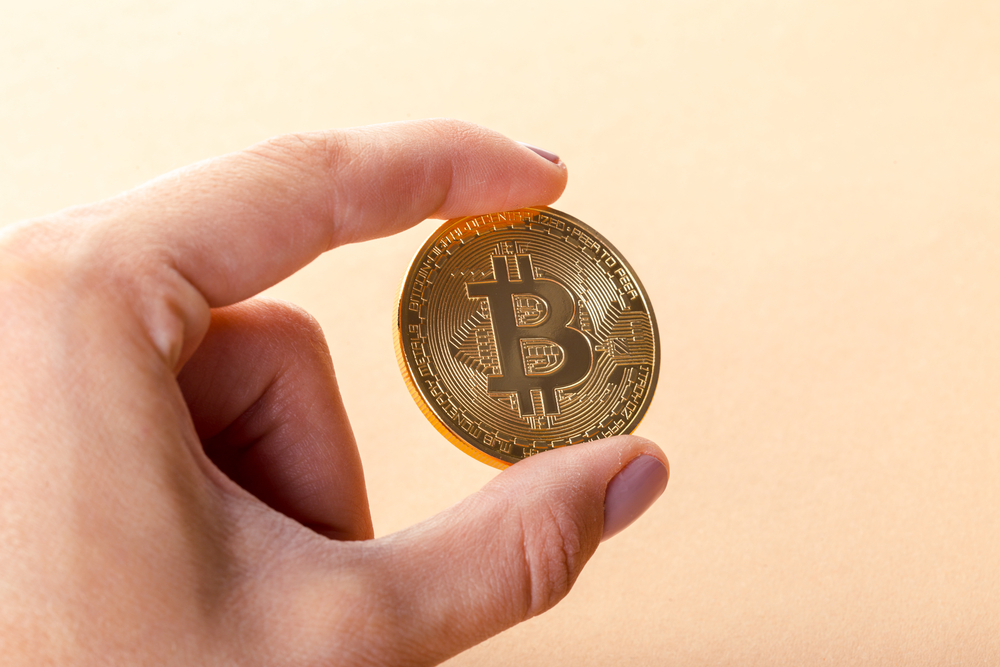In the bitcoin world, there is often a lot of talk about securing cryptocurrency wallets in various ways. One way to do so is by using a multisignature wallet structure, which requires authorization from multiple users before money can be transferred. However, it seems there is still a lot of confusion as to how multisignature wallets work.
The Inner Workings of a Multisignature Wallet
Multisignature wallets – often referred to as multisig wallets – are quite popular in the world of bitcoin and cryptocurrency. Unlike a regular software wallet, a multisignature wallet requires authorization from more than one key holder before funds are transferred. Regular bitcoin wallet will put the end user in full control, without involving anyone else. Multisignature wallets operate on a very different principle, which brings additional security to the table.
To be more specific, a multisignature wallet requires “m-of-n” signatures before it will broadcast a transaction to the network. Assuming the wallet is set up in such a way where three parties have one private key associated with the wallet, it would require at least two-of-three people to sign said transaction with their private key.
These two parties can either be two individuals – yourself and a friend, colleague, or spouse, for example – or yourself and the company providing a multisignature wallet service. This brings us to the different ways users can set up a multisig wallet, as they can either do so through a third-party or create it themselves. Do keep in mind this latter option is the most difficult route to take, yet it also ensures only the users have access to the private keys.
It is possible to generate a 2of3 multisignature address without going through a third-party service provider. To do so, one needs three different bitcoin addresses and their public keys. By executing a complicated command in the Bitcoin Core client, it then becomes possible to create a multisignature wallet address by combining the addresses and their associated public keys. The command will return a new multisignature address, which can be used immediately.
Another option is to rely on one of the many service providers who offer multisignature wallets. This list of companies includes names such as Armory, Copay, Electrum, and Xapo. All of these companies and projects acknowledge it is beneficial to “share” a wallet with people one can trust. Startups active in the bitcoin world often use a multisignature wallet rather than putting one person in charge of company funds.
One final thing worth mentioning about multisignature is how the wallet addresses are different from traditional bitcoin wallet addresses. A multisig address will start with a “3”, whereas a regular bitcoin address starts with a “1”. This may confuse some people at first, but rest assured bitcoin address can start with a “3” instead of a “1”. This just indicates the bitcoin address in question is a multisignature wallet.
If you liked this article, follow us on Twitter @themerklenews and make sure to subscribe to our newsletter to receive the latest bitcoin, cryptocurrency, and technology news.

